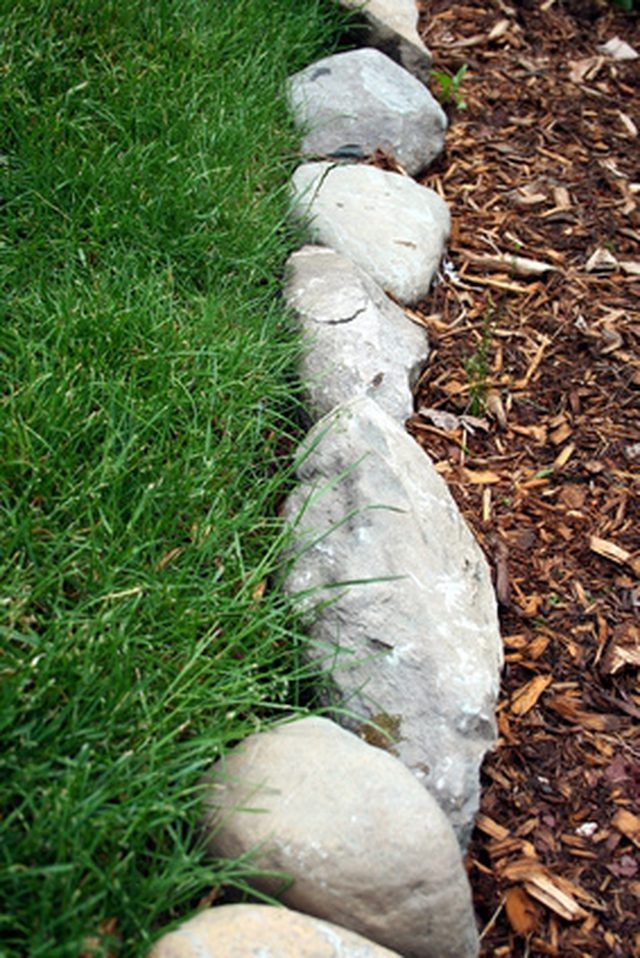Bulbs
Flower Basics
Flower Beds & Specialty Gardens
Flower Garden
Garden Furniture
Garden Gnomes
Garden Seeds
Garden Sheds
Garden Statues
Garden Tools & Supplies
Gardening Basics
Green & Organic
Groundcovers & Vines
Growing Annuals
Growing Basil
Growing Beans
Growing Berries
Growing Blueberries
Growing Cactus
Growing Corn
Growing Cotton
Growing Edibles
Growing Flowers
Growing Garlic
Growing Grapes
Growing Grass
Growing Herbs
Growing Jasmine
Growing Mint
Growing Mushrooms
Orchids
Growing Peanuts
Growing Perennials
Growing Plants
Growing Rosemary
Growing Roses
Growing Strawberries
Growing Sunflowers
Growing Thyme
Growing Tomatoes
Growing Tulips
Growing Vegetables
Herb Basics
Herb Garden
Indoor Growing
Landscaping Basics
Landscaping Patios
Landscaping Plants
Landscaping Shrubs
Landscaping Trees
Landscaping Walks & Pathways
Lawn Basics
Lawn Maintenance
Lawn Mowers
Lawn Ornaments
Lawn Planting
Lawn Tools
Outdoor Growing
Overall Landscape Planning
Pests, Weeds & Problems
Plant Basics
Rock Garden
Rose Garden
Shrubs
Soil
Specialty Gardens
Trees
Vegetable Garden
Yard Maintenance
How to Make Homemade Landscape Edging
How to Make Homemade Landscape Edging. Landscape edging is an effective way to keep grass from invading garden beds or ornamental flowers from expanding to the lawn. In addition, gardeners can provide a clean uniform look by creating straight edges or achieve a whimsical aesthetic by building edging that curves around and follows the natural...

Landscape edging is an effective way to keep grass from invading garden beds or ornamental flowers from expanding to the lawn. In addition, gardeners can provide a clean uniform look by creating straight edges or achieve a whimsical aesthetic by building edging that curves around and follows the natural terrain. Numerous landscaping material can be found right in the yard, such as rocks, blocks or leftover bricks from the home. Any material you choose will contribute its own design element to the yard.
Things You'll Need
Stakes
String
Measuring tape
Half moon edger
Level
Rocks
Pre-emergen herbicide
Drive a stake at the beginning of the proposed edging pathway. You can create edging to border driveways, pathways, garden beds and around trees. Press stakes every foot along the pathway. Tie a string to each of the stakes.
Straighten the stakes or move them to follow the couture of the yard. When creating edging around trees or shrubs, keep the edging a few inches outside of the plant's dripline in order to not impede the roots or allow grass near the plant. The dripline is the area directly underneath the tips of the plant's branches.
Measure the string to find out how much edging material you will need to gather. Take measurements of the edging material that you want to use. Determine how high you want to make your edging and how far deep you want it to reach. Numerous commercial edging types typically go 6 inches deep into the ground to keep grass roots from growing under the material.
Dig a trench that is twice the width of the garden edging and 6 inches in the ground with a half moon edger. Follow the proposed edging pathway. Flatten the bottom of the trench and make sure that it is even with a level.
Place the edging material in the trench. Use a spade to tightly compact the soil around the edging material. Butt the edging material against each other. Add more edging material, such as rocks, according to how high you want your border. The edging material will sink into the ground over time; therefore, leave at least half an inch above the ground.
Tips & Warnings
Spray the trench with a pre-emergent herbicide to prevent weeds from growing in between the edging material.
Store edging material in case it becomes damaged or you want to create another border.